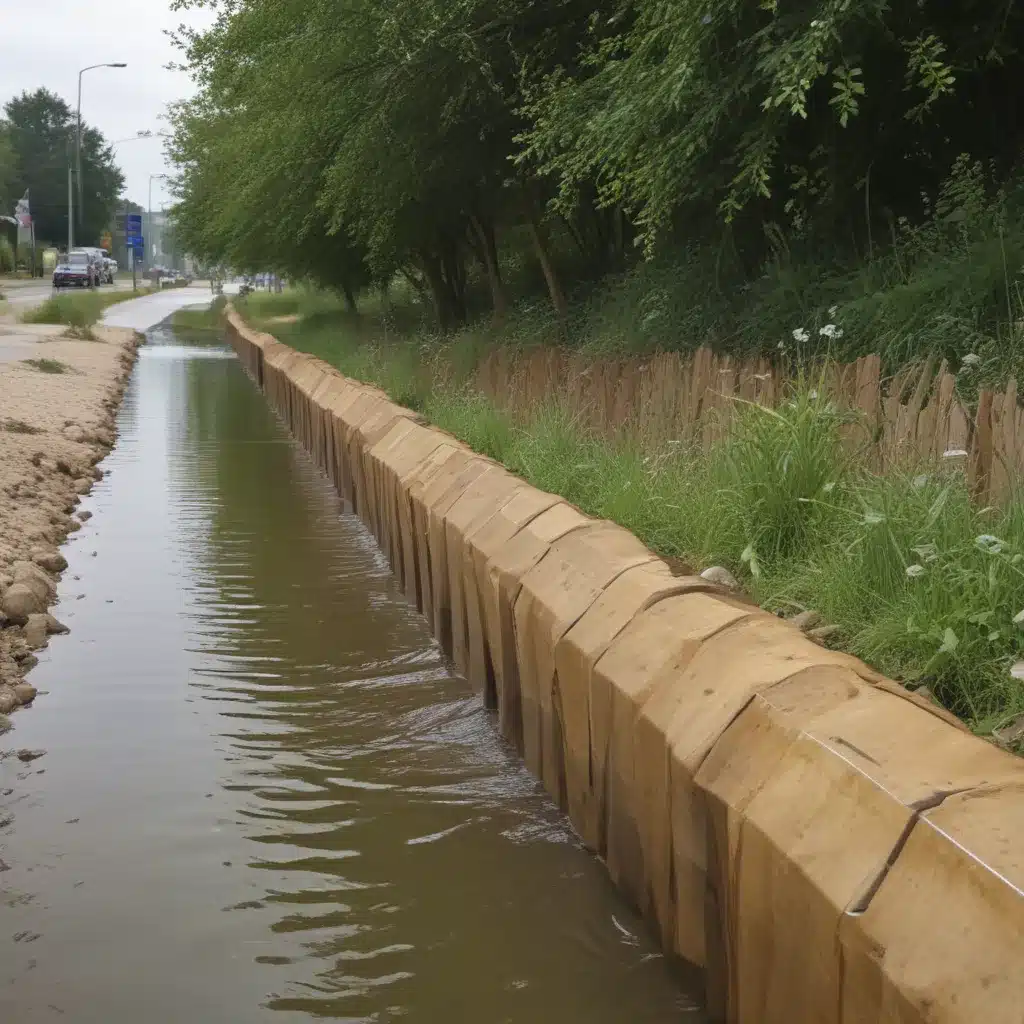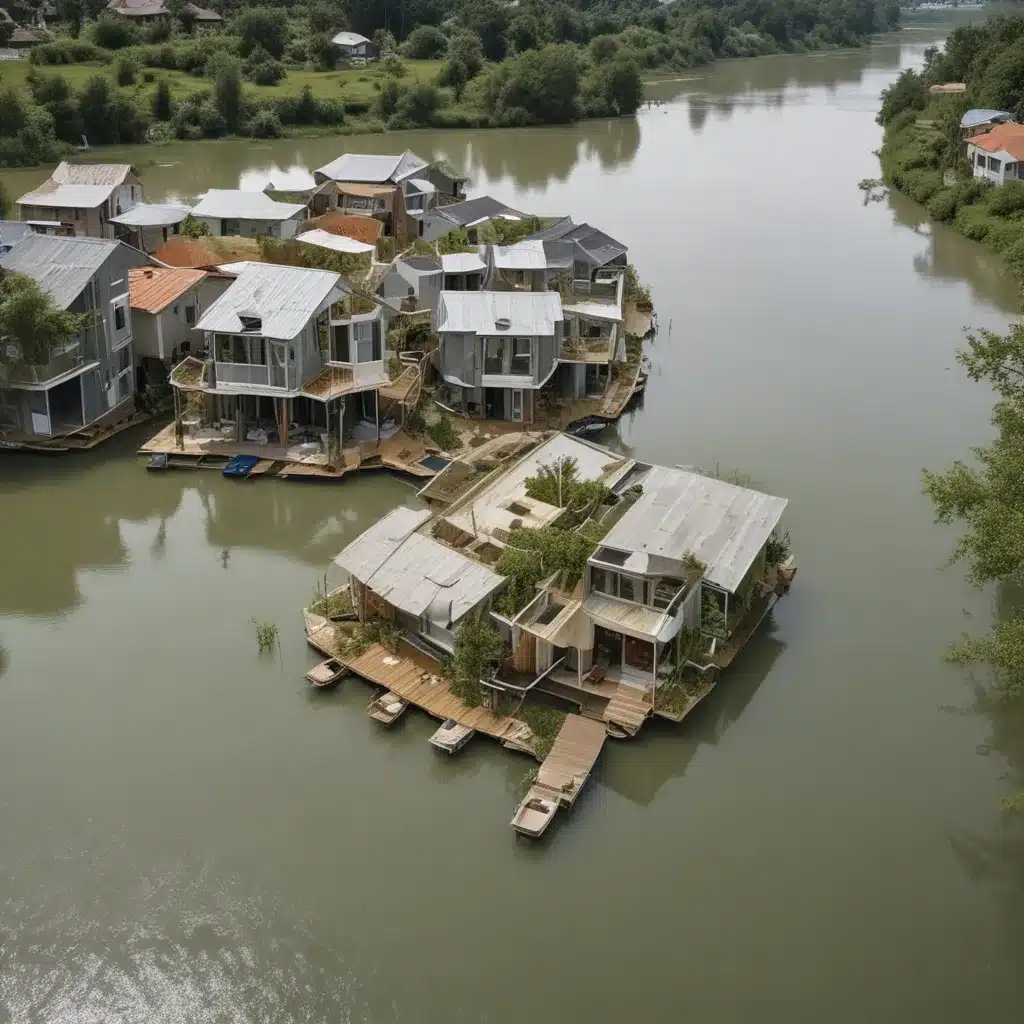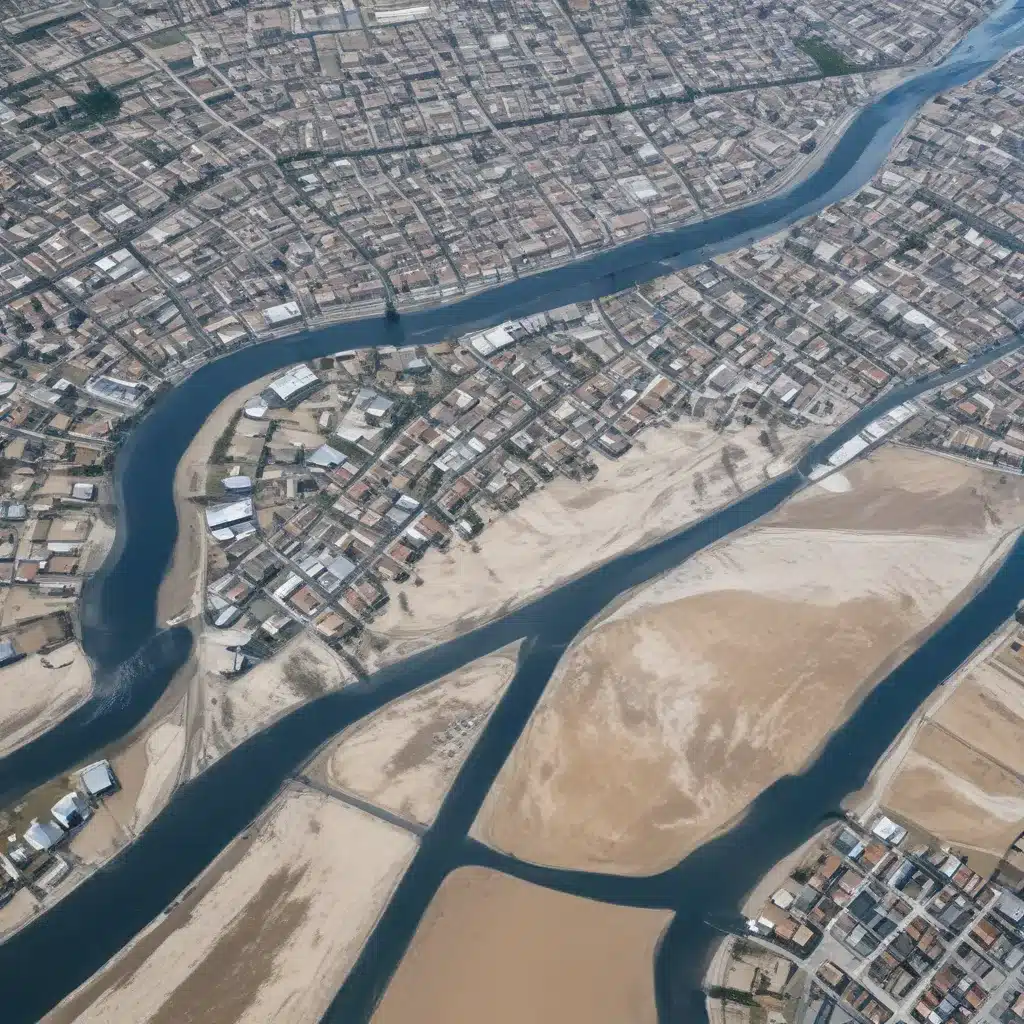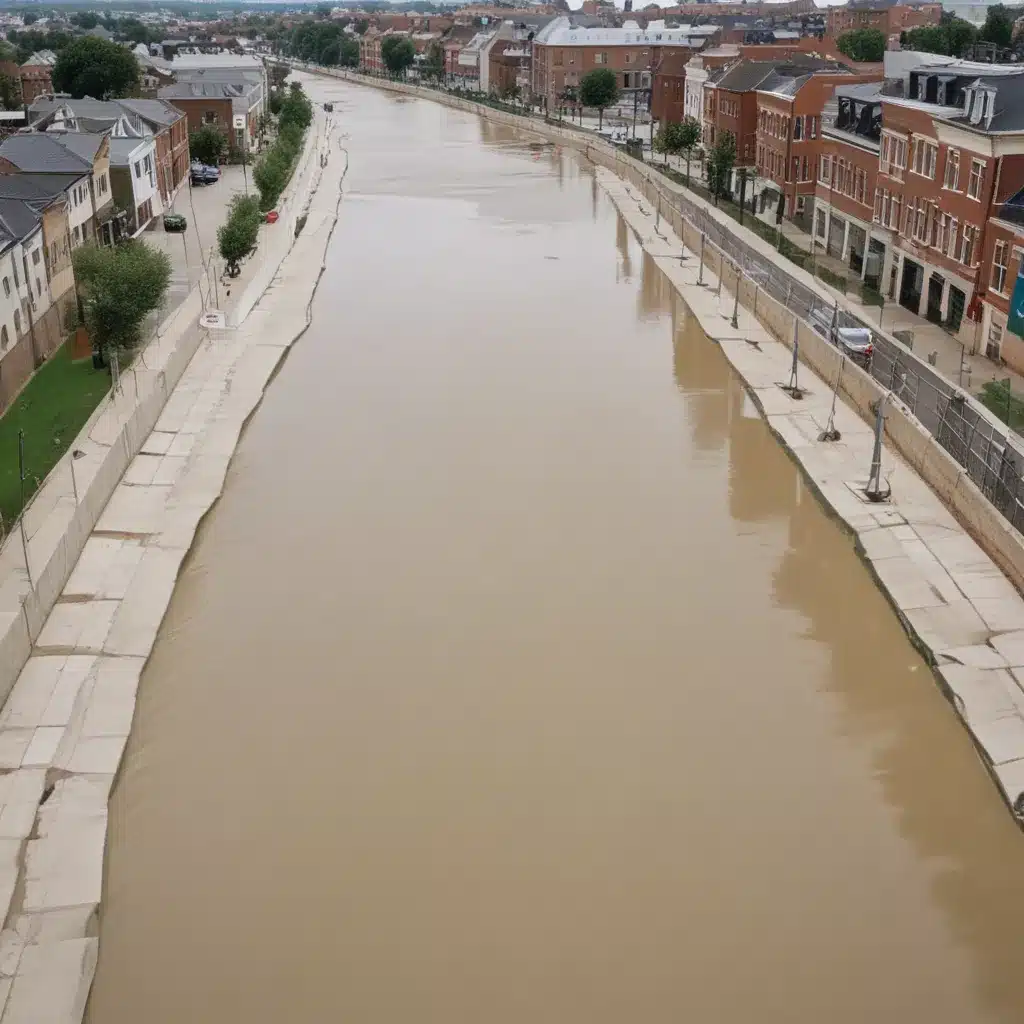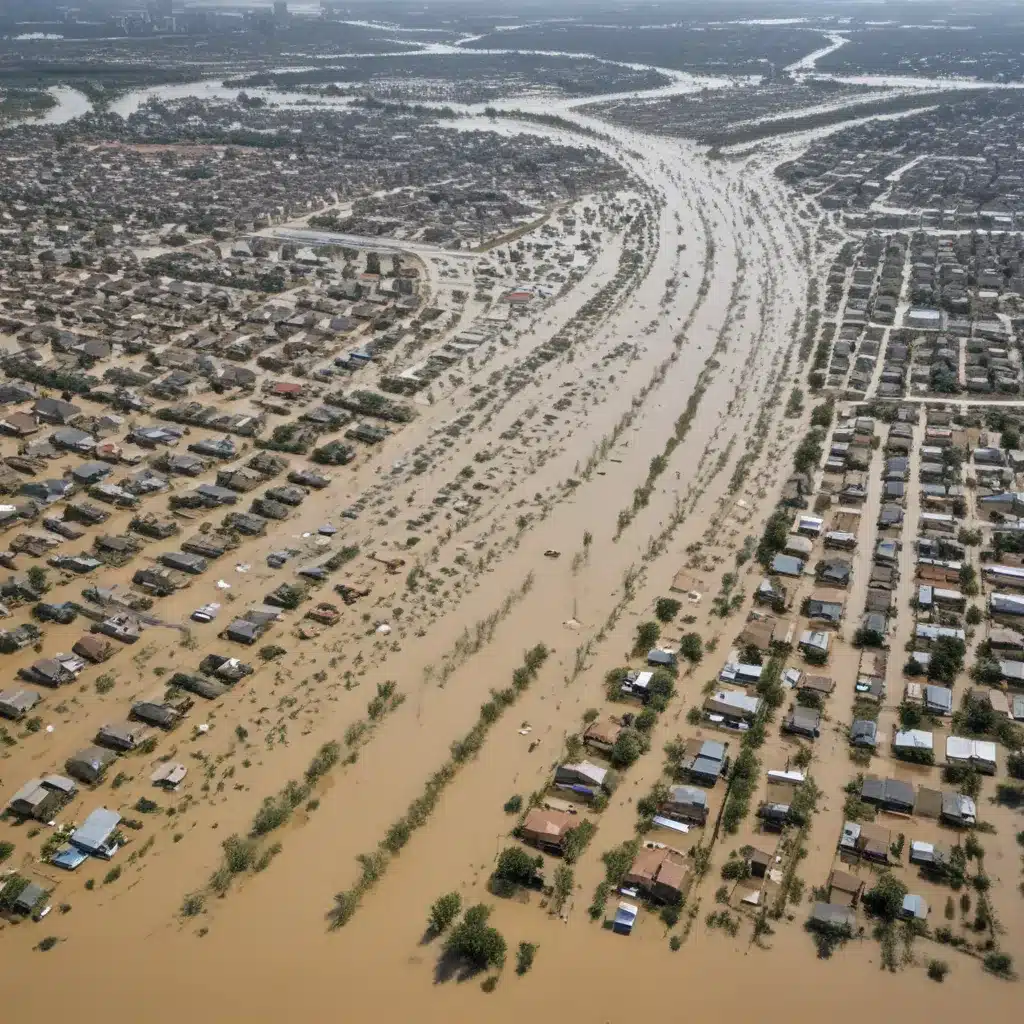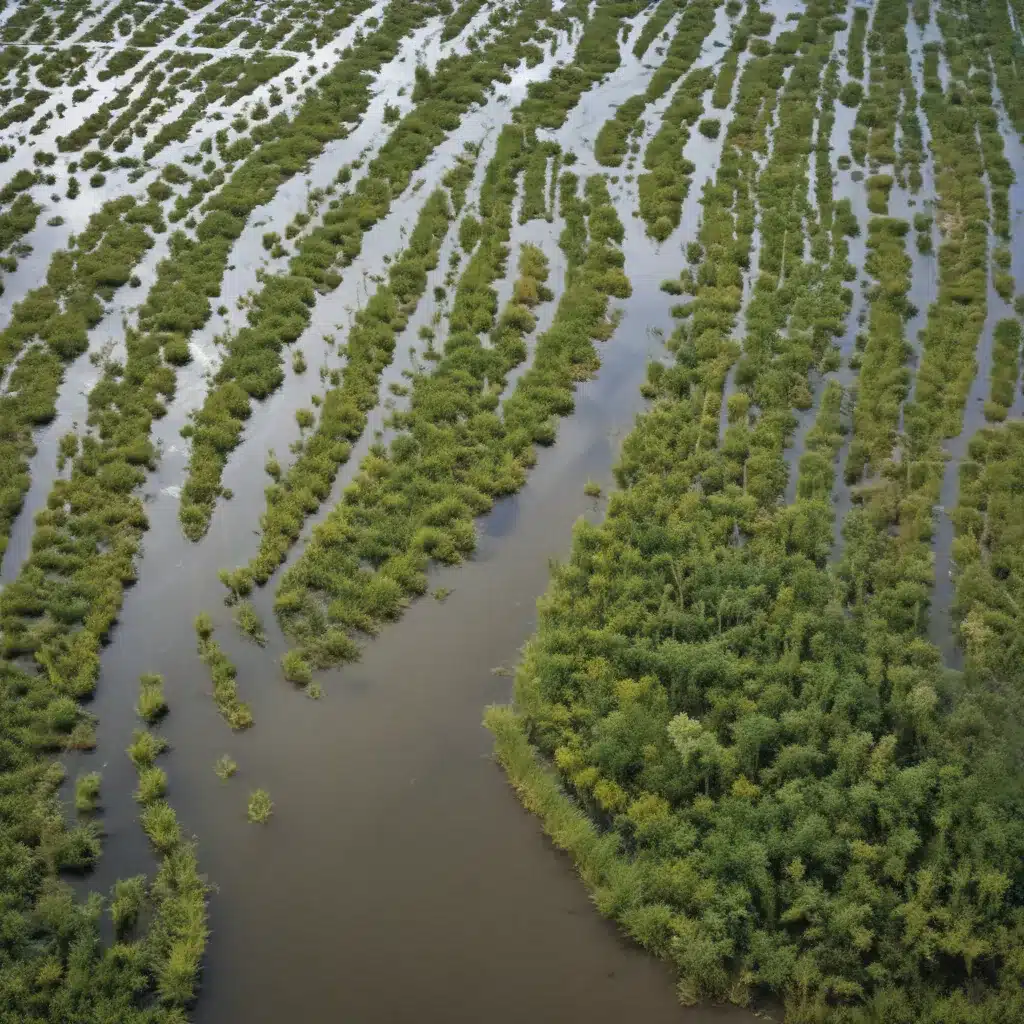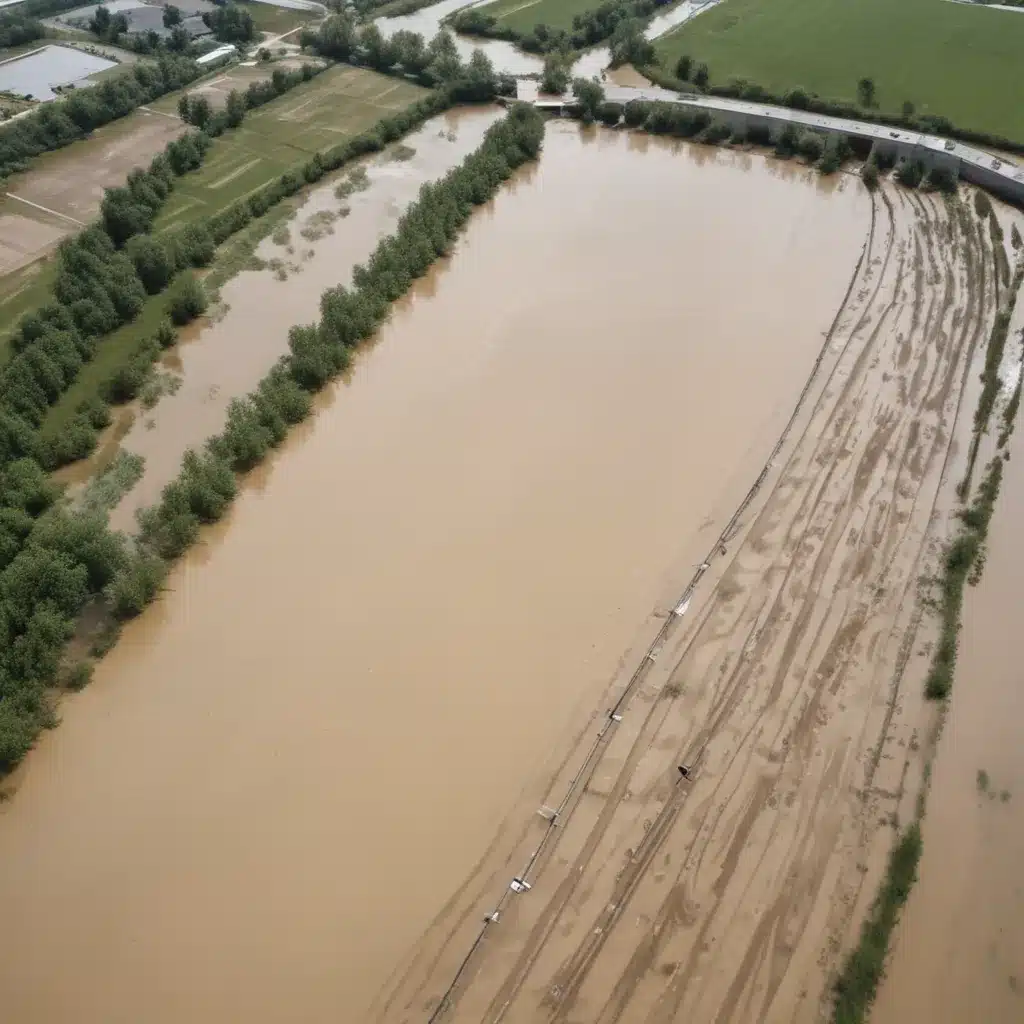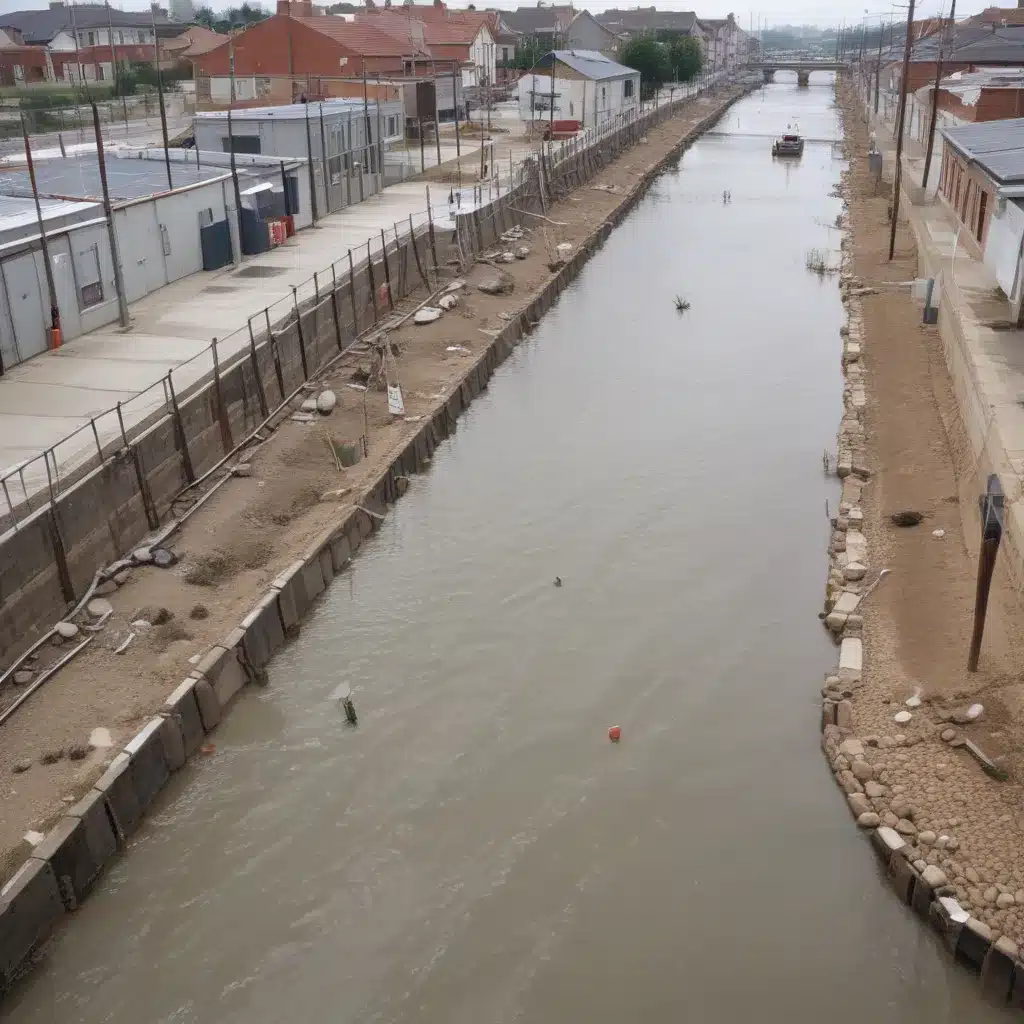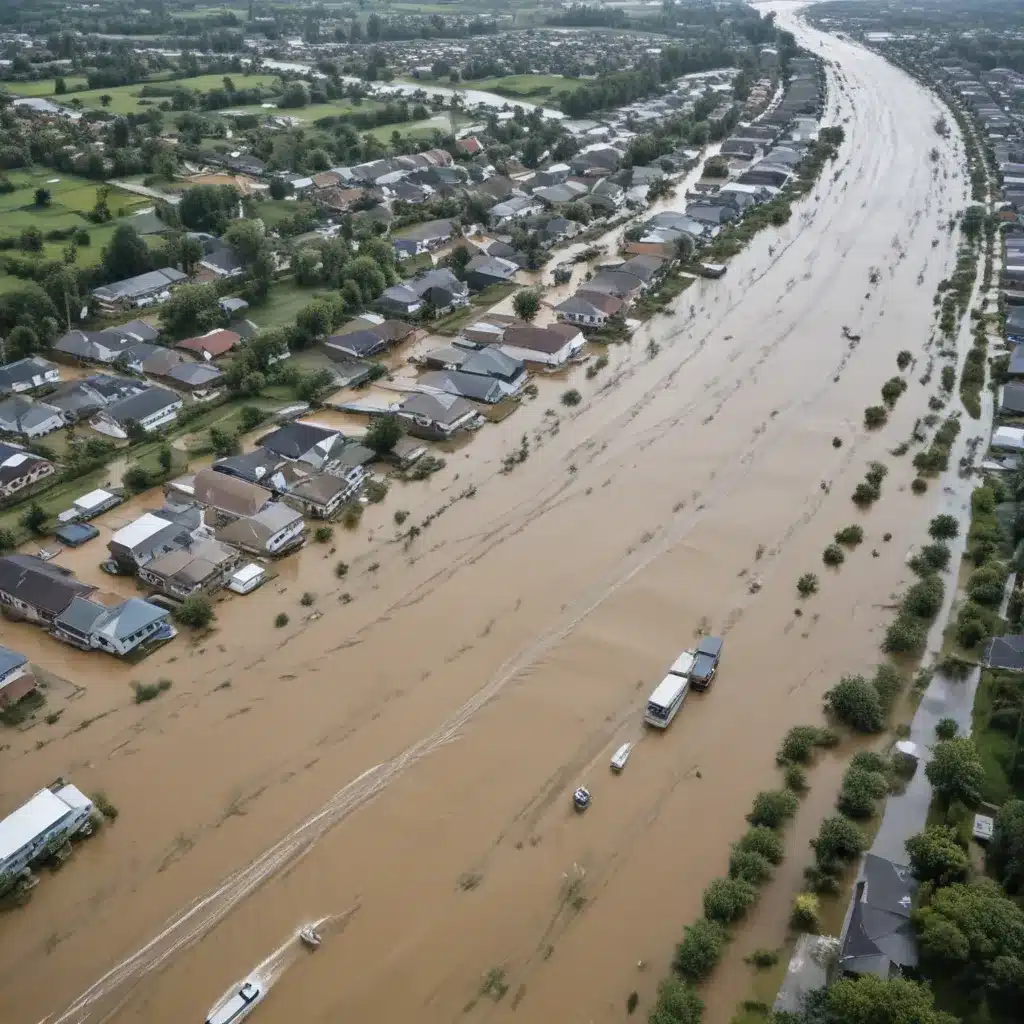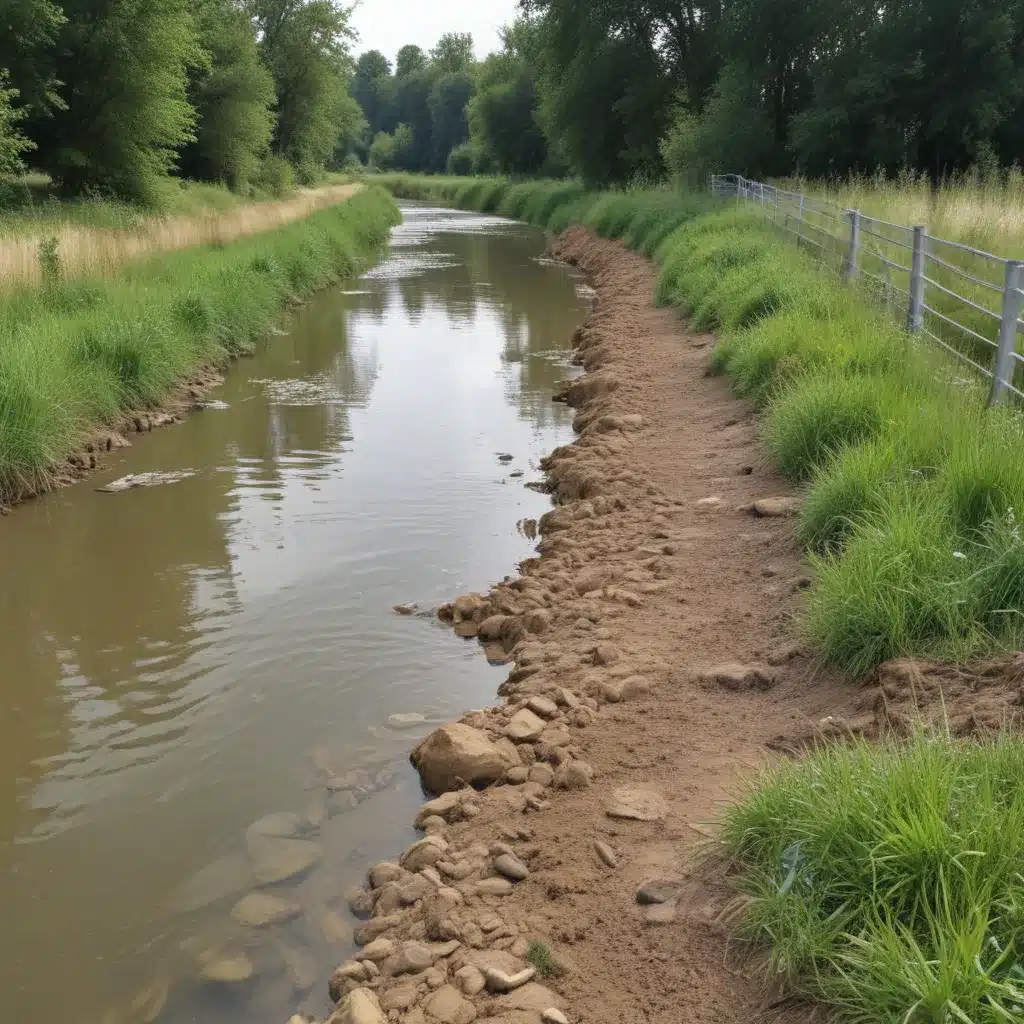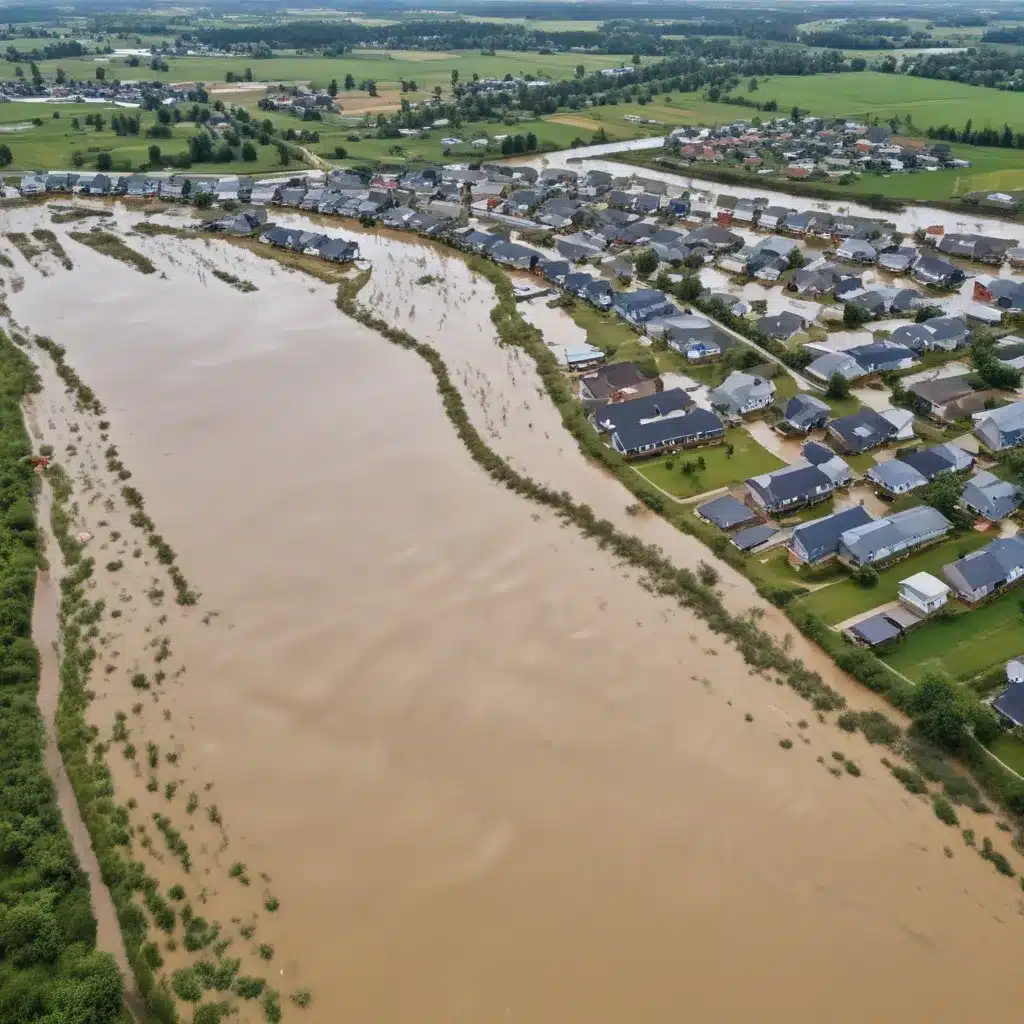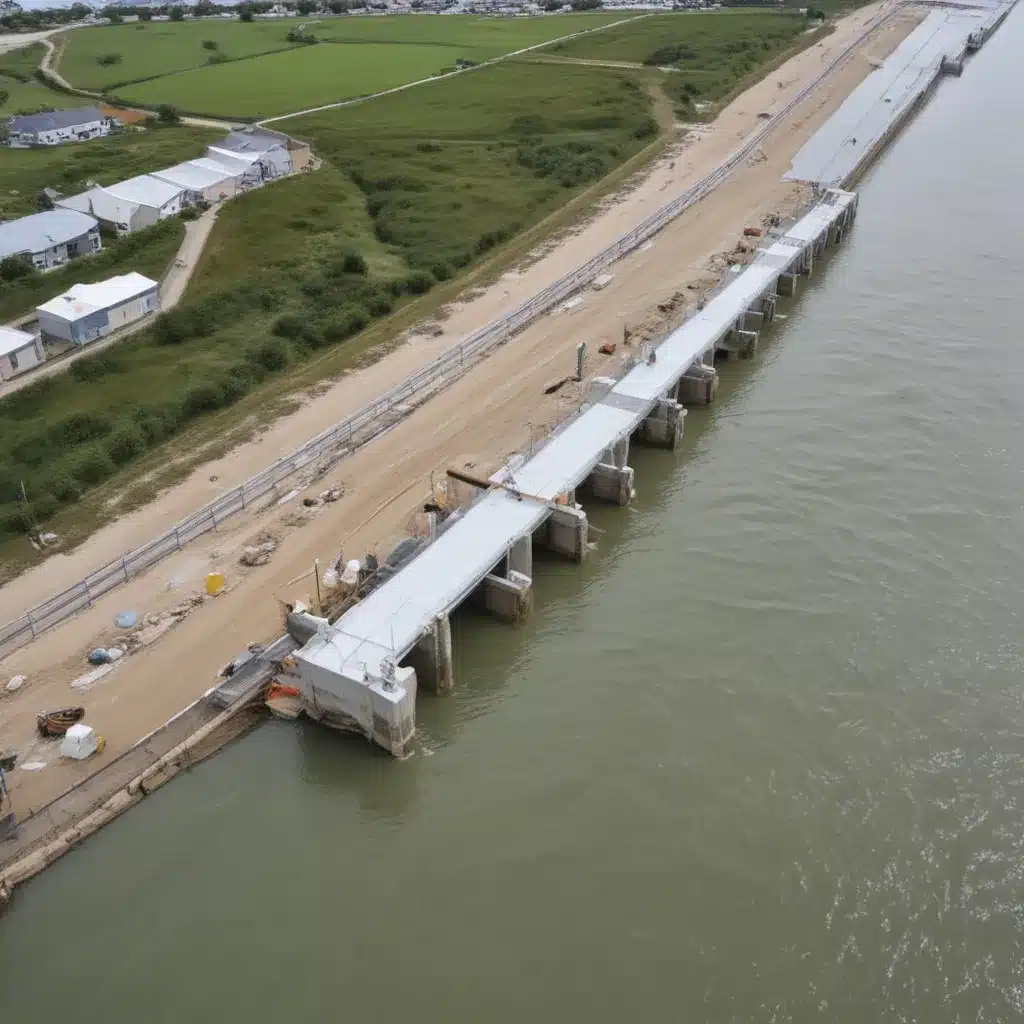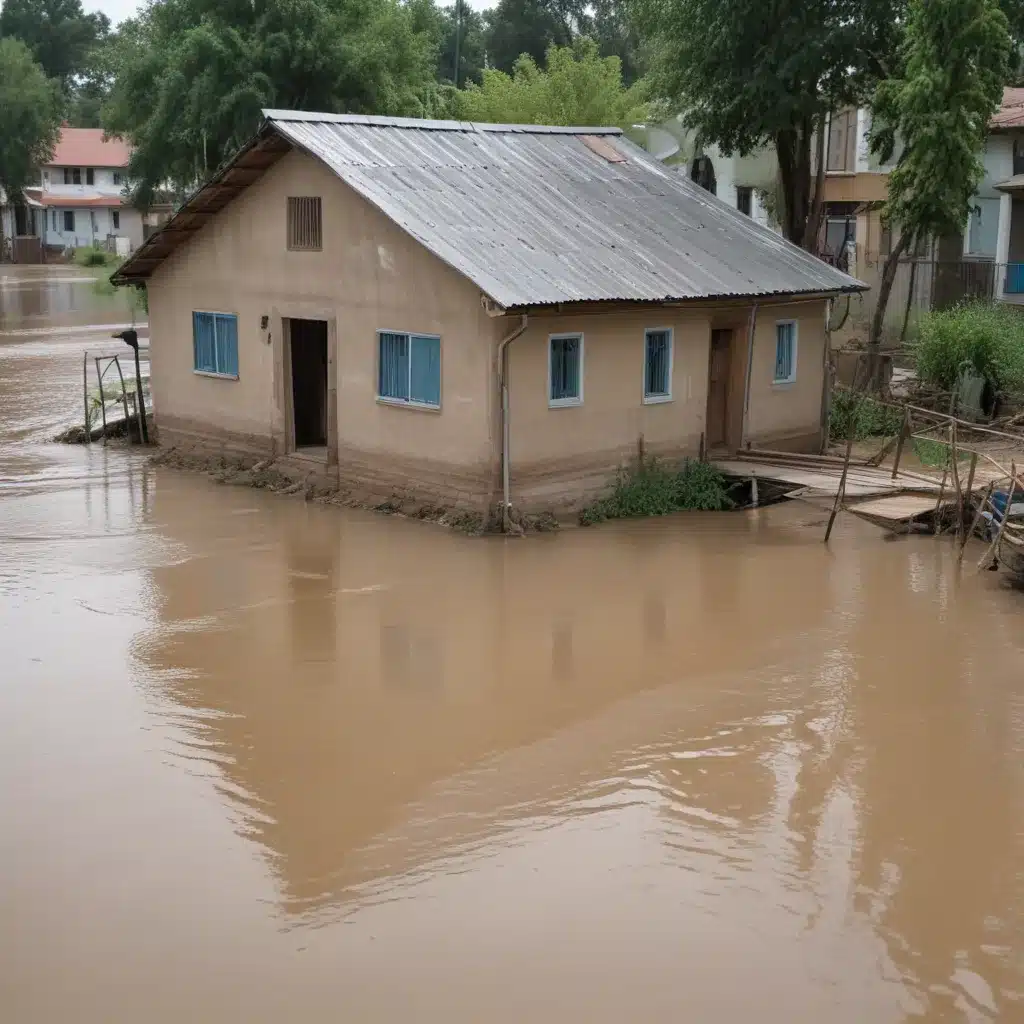In recent years, the world has witnessed an alarming increase in the frequency and severity of floods. These devastating natural disasters not only result in the loss of lives but also cause significant damage to infrastructure, homes, and the environment. While international policies on flood risk management exist, they often overlook innovative approaches that could revolutionize how we mitigate and adapt to these events. In this article, we will explore groundbreaking strategies and technologies that have the potential to reshape flood risk management practices and provide more effective solutions to safeguard communities.
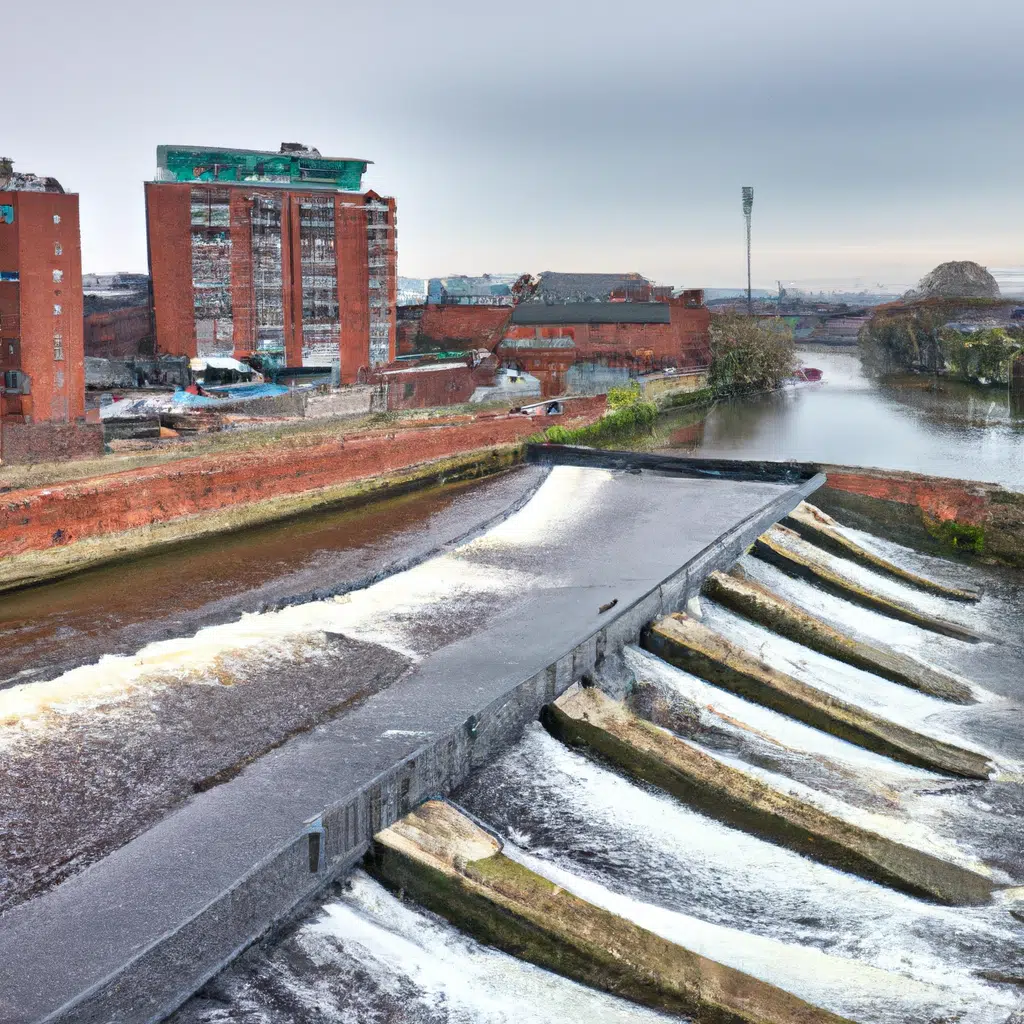
The Role of Artificial Intelligence in Flood Prediction
Artificial Intelligence (AI) has emerged as a powerful tool in numerous fields, and flood prediction is no exception. By analyzing vast amounts of data, AI algorithms can identify patterns and trends that humans might miss. For instance, machine learning models can process historical weather data, river levels, and topographical information to generate accurate flood forecasts. These predictions enable authorities to issue timely warnings, evacuate vulnerable areas, and allocate resources more efficiently. AI-powered flood prediction systems have already demonstrated their effectiveness in various regions, such as the Netherlands and Singapore, where they have significantly reduced the impact of flooding.
Embracing Nature-Based Solutions
While traditional flood risk management approaches often focus on engineering solutions, nature-based solutions offer a more sustainable and environmentally friendly alternative. These approaches utilize the natural characteristics of ecosystems to mitigate flood risks. For example, restoring wetlands and creating floodplains can help absorb excess water during heavy rainfall, reducing the likelihood of downstream flooding. Additionally, planting vegetation along riverbanks and constructing green roofs in urban areas can enhance water absorption and infiltration, minimizing surface runoff. By incorporating nature-based solutions into flood risk management strategies, we can not only protect communities from flooding but also promote biodiversity and enhance ecosystem services.
Harnessing the Power of Big Data
The digital age has ushered in an era of unprecedented data collection and analysis capabilities. Harnessing the power of big data can revolutionize flood risk management by providing real-time information and insights. For instance, remote sensing technologies, such as satellites and drones, can capture high-resolution images of flood-prone areas, allowing authorities to monitor changes in water levels and identify vulnerable regions. Furthermore, crowd-sourced data from social media platforms can supplement traditional data sources and provide valuable information during flood events. By integrating big data analytics into flood risk management strategies, decision-makers can make more informed choices and respond effectively to dynamic flood situations.
Building Resilient Infrastructure
In many flood-prone areas, existing infrastructure is ill-equipped to withstand the impacts of severe flooding. Emphasizing the construction of resilient infrastructure is crucial for reducing the vulnerability of communities to flood risks. This involves implementing innovative engineering techniques, such as elevated buildings, flood-resistant materials, and adaptable designs. Additionally, infrastructure systems can incorporate smart technologies that enable real-time monitoring of water levels, early detection of structural weaknesses, and automated flood protection measures. By integrating resilience into infrastructure development, we can enhance the longevity and functionality of vital assets during flood events.
Encouraging Community Engagement and Education
Effective flood risk management requires the active participation of communities at risk. Engaging and educating individuals about flood risks, preparedness, and response measures is crucial for building resilience. Community-based initiatives, such as flood awareness campaigns, neighborhood emergency response teams, and flood drills, can empower individuals to take proactive measures to protect themselves and their properties. Furthermore, involving local communities in the decision-making process and incorporating their traditional knowledge can lead to more holistic and culturally sensitive flood risk management approaches. By fostering community engagement and education, we can create a culture of resilience that strengthens the collective response to flood events.
Conclusion
In conclusion, breaking the mold of traditional flood risk management approaches is essential to address the increasing challenges posed by floods. By embracing innovative strategies and technologies such as artificial intelligence, nature-based solutions, big data analytics, resilient infrastructure, and community engagement, we can revolutionize flood risk management practices. These approaches have the potential to enhance our ability to predict, prevent, and respond to floods, ultimately safeguarding lives, protecting infrastructure, and preserving the environment. It is imperative that international policies and stakeholders recognize the importance of these innovative approaches and collaborate to implement them on a global scale. Together, we can build a more resilient and flood-resistant future for all.

